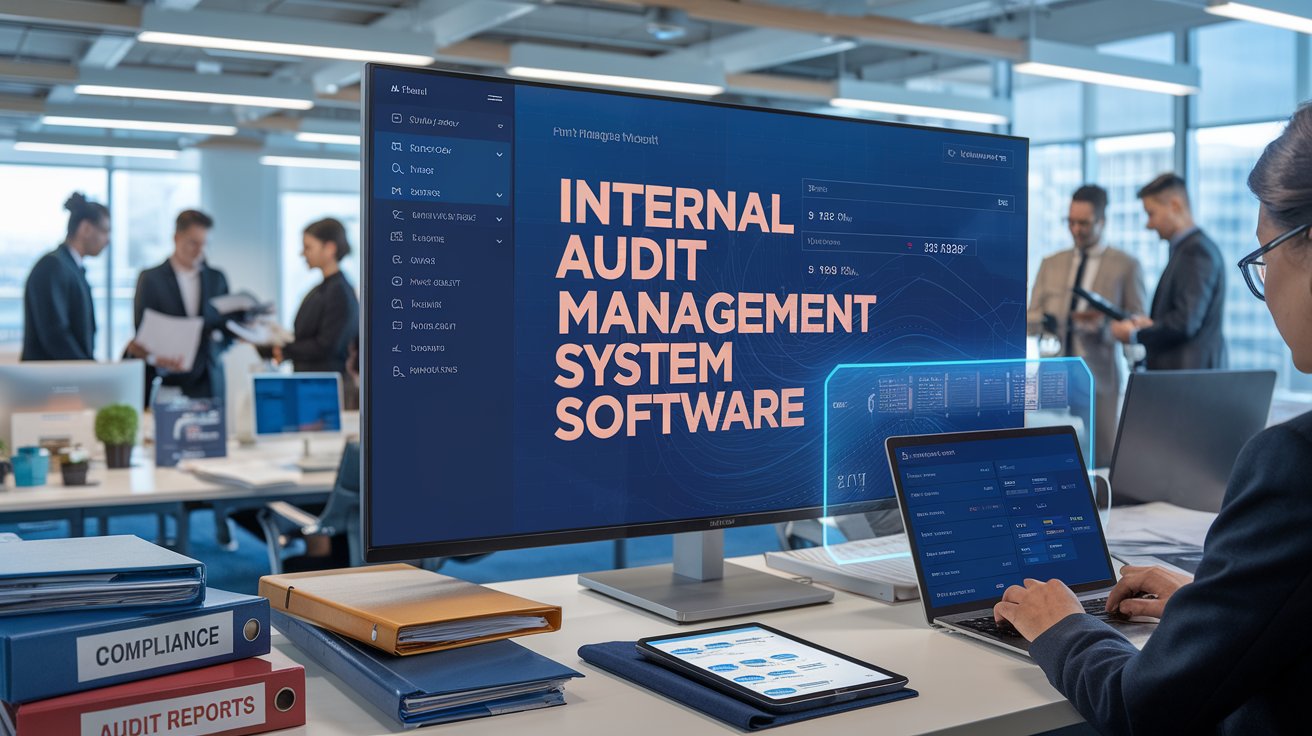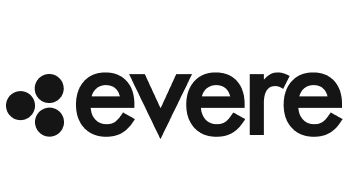To keep up with the current trends, businesses need to have effective internal controls to meet compliance requirements. The Internal Audit Management System (IAMS) software helps organizations improve their audit processes to be more accurate and collaborative across departments.

The Role of Internal Audit Management System Software
With IAMS software managing and automating the processes of planning, scheduling, execution, reporting, and follow-up, IAMS provides a single platform for all the tools to manage the entire lifecycle of the audit. By integrating various audit activities into a single framework, these systems enable organizations to:
- Enhance Efficiency: Automating routine tasks reduces manual effort, allowing audit teams to focus on high-value activities.
- Improve Accuracy: Real-time data analysis and comprehensive transaction monitoring minimize errors and identify anomalies promptly.
- Ensure Compliance: Staying abreast of evolving regulations is simplified, aiding organizations in meeting industry standards and legal requirements.
- Facilitate Collaboration: A unified platform promotes seamless communication among auditors, auditees, and management, fostering a culture of transparency and accountability.
Key Features of Leading IAMS Software
Modern IAMS solutions come equipped with a range of features designed to address the complexities of internal auditing:
- End-to-End Audit Workflow Management: Configurable interfaces that adapt to specific audit processes, ensuring a tailored approach to audit planning, execution, and reporting.
- Resource Planning and Scheduling: Tools that provide visibility into audit plans and resource allocation, enabling managers to adjust assignments dynamically as needs evolve.
- Stakeholder Collaboration: Mechanisms for engaging business users, sharing documents, tracking issues, and maintaining open lines of communication throughout the audit process.
- Comprehensive Reporting: Capabilities to generate detailed reports with enhanced visuals, facilitating clear communication of audit findings to stakeholders.
Axonator in Action – See It with a Free Demo – https://axonator.com/request-for-demo/
Implementing IAMS Software: A Strategic Imperative
The integration of IAMS software is not merely a technological upgrade but a strategic move that aligns with an organization's commitment to governance, risk management, and compliance (GRC). By adopting such systems, organizations can:
- Achieve Greater Value Delivery: Streamlined processes and real-time insights support critical decision-making and enhance the overall value delivered by the audit function.
- Increase Process Efficiency: Automation reduces downtime and eliminates redundant tasks, allowing auditors to concentrate on areas that require critical analysis and judgment.
- Maintain Regulatory Compliance: Proactive monitoring and documentation ensure adherence to industry standards and prepare organizations to respond swiftly to regulatory changes.
- Enhance Organizational Assurance: A holistic view of risks and controls strengthens the organization's ability to anticipate and mitigate potential issues before they escalate.
As the internal audit software grows in capability, so does the recent global business landscape with its growing complexities and regulations. Centralizing and automating audits enhances internal controls but also helps build a more proactive posture around compliance and risk management. This position helps maintain secure operational and competitive business integrity.
